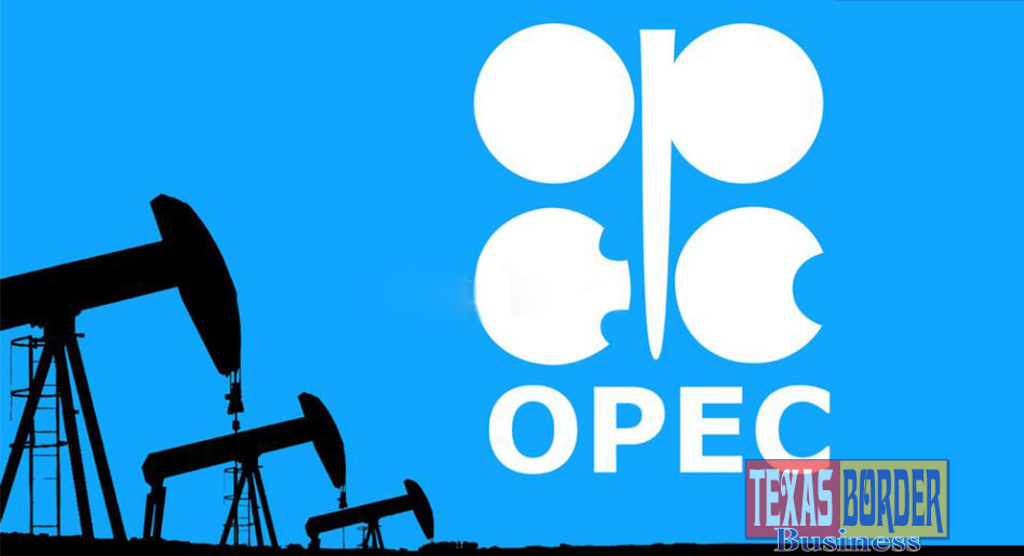
Texas Border Business
Since OPEC+’s failure to agree on production restraint on 5-6 March, the implications of the COVID-19 pandemic have become far clearer, sparking a crisis in the oil market as prices fell and supply ramped up.
The problem for these producers is the scale of the fall in oil demand, especially during April and forecast for Q2 2020. No matter the size of the varying forecasts, they all point to a challenging market that puts pressure on storage space and prices.
U.S. President Donald Trump was alarmed enough to call for OPEC+ to reduce output. Since then Brent prices have increased from a low of $19 per barrel on 27 March to the low $30s/b as of today.
With mere talk of a reduction enough to spark such a price gain, we think the very extreme demand forecasts may be missing the mark. How could prices rise this much if demand is truly off 30 million barrels per day (b/d)?
Wood Mackenzie has done a product-by-product, week-by-week forecast and assuming the containment shut-ins are in place most severely during April, then ease slowly in the following several months, we expect world oil demand to fall over 8 million b/d year-on-year for Q2 2020.
April will see the sharpest drop, with a year-on-year decline of over 15 million b/d as coronavirus containment measures are at their steepest.
Non-OPEC supply is growing on a year-on-year basis this quarter. However, U.S. Lower 48 oil output dropped in both March and will continue to do so in April. By July it will be declining at a rate of over 200,000 b/d month to month. Sharply lower prices during almost all of March triggered a sharp fall in the rig count and weakening output will take time to time reverse, especially as the sector was already under pressure before low oil prices hit in early March.
This means Q2 2020 is the most challenging period for producers and the oil market. Demand is collapsing and supply is rising. But China is slowly ending its lockdown this month. Chinese demand is also starting to see a slower rate of year-on-year decline. By the northern summer, we no longer expect the dramatic decline in demand. At the same time, non-OPEC production will be declining year-on-year by Q4 2020.
The second half of 2020 will see a gradual easing of the extreme oversupply seen in the first half of this year as the fundamentals begin shifting towards demand stabilization. Demand will still be down, year-on-year, but the decline will not be as steep as in the second quarter and supply will start to weaken. To show the extent of the trend, for 2021, Wood Mackenzie is forecasting total global supply, including OPEC, non-OPEC, and natural gas liquids, to show no growth for the year. Demand, while weak, is projected to rise in 2021 – a sharp reversal from 2020 when demand falls and supply rise.
The crisis is extreme for the oil market but low oil prices have already had an effect on supply and the steep falls in demand will have a limited duration.
Below comment from Ann-Louise Hittle, vice president, Macro Oils, at Wood Mackenzie, as G20 ministers meet to endorse the OPEC-Russia supply deal:
“Even if poorly implemented, the agreement is substantial, and will make a difference to the market. Partial compliance won’t stop this production agreement from having a big – and swift – impact on supply and demand fundamentals.
“We expect the second half of 2020 to show an implied stock draw, in contrast to the record-breaking oversupply of the first half of 2020. That will support and lift prices significantly. The market will recognize this once the storage builds slow this quarter and start drawing down in the second half.
“The agreement itself reflects the depth of the shock the coronavirus pandemic has had on the global economy.
“While attention is focused on widespread lockdowns which have suppressed oil demand in the US, Europe, India and other countries, it should be noted that a recovery in oil demand is underway in China. The country has managed to largely contain Covid-19 outbreak and is gearing up efforts to bring economy back on track.”













